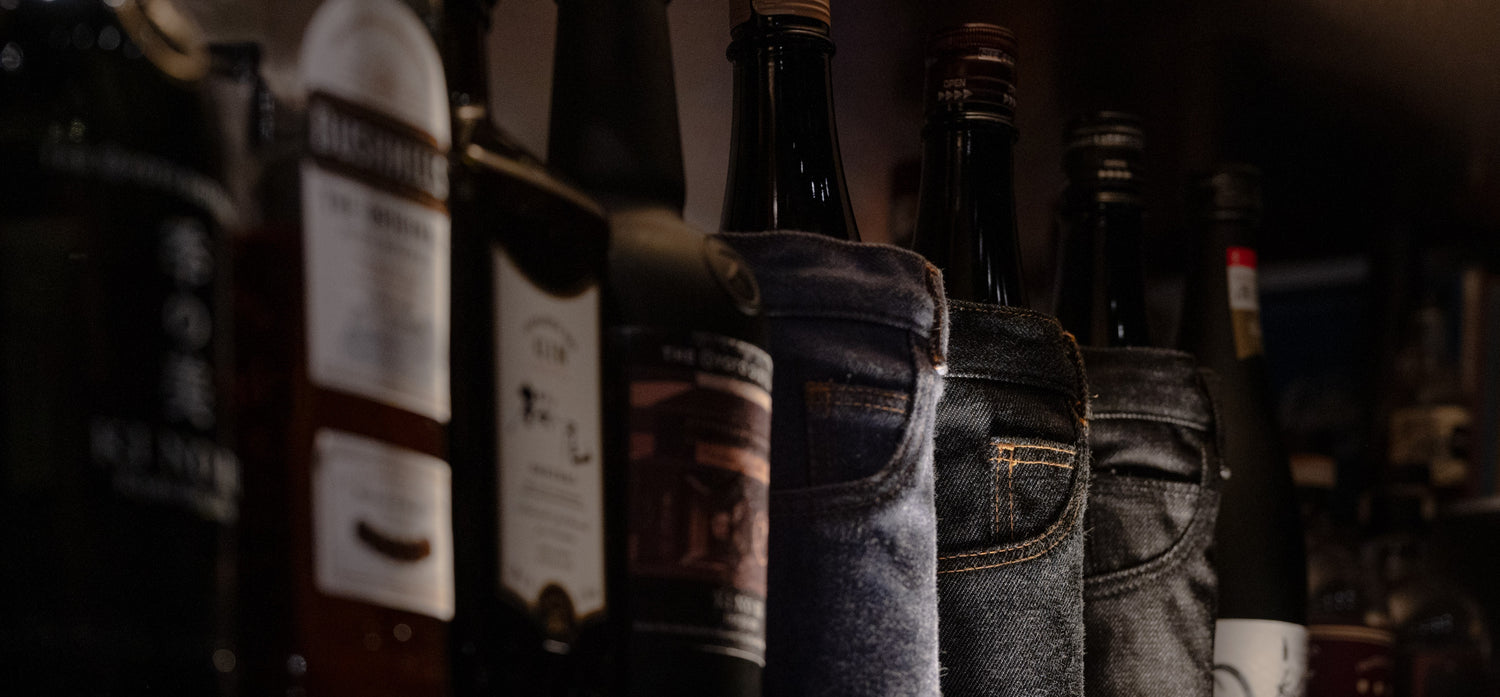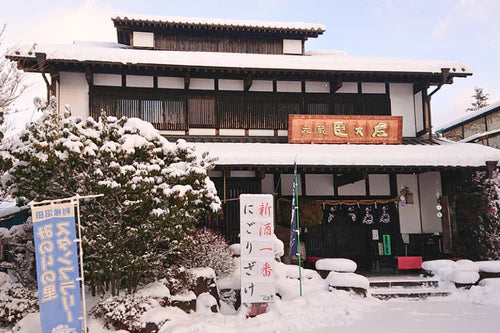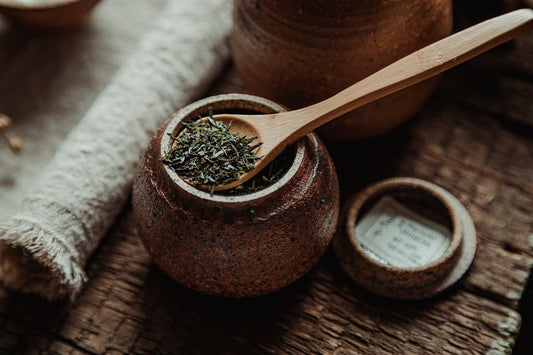There are many occasions when sake is drunk as a ceremonial drink at life's milestones, such as coming-of-age ceremonies, weddings, and ground-breaking ceremonies when building a house.
The history of sake is deeply related to the reason why sake is drunk at festivals and celebrations.
In this issue, we will explain the deep relationship between “sake” and “Shinto rituals.
What is a Shinto ritual?

A Shinto ritual is an event to worship a deity, and kami is a deity based on Shinto.
Shinto is a religion unique to Japan that has existed since ancient times, and is based on the idea that kami reside in all things on earth. It is based on “ancestor worship” and “nature worship,” and worships a multitude of deities called “Yaoyorozu-no-kami”.
The Beginning of Sake
In Japan, sake was originally made to honor the spirits of ancestors and the eight million gods and goddesses. For the pious people who gathered at these festivals, sake was to be offered to the gods and drunk in their company, never to be consumed alone.
Some people also became godly by becoming intoxicated with sake and conveyed divine omens to the people.
The making of sake itself became a Shinto ritual, and the “Ainame ritual,” in which people drank the sake licked by the gods and approached the gods together, was born, which is still practiced today at shrines as the “Naorai.”
This event evolved into the “Utage” banquet that is still held at shrines today. “Utage” is said to have meant clapping hands at a sake party, which was also an important ritual.
“Naorai” refers to the drinking of sake offered to the gods by attendees after the completion of a festival at a shrine.
Sake from long ago
It is not clear when sake was first made, but it is estimated that sake made from rice was born in the Yayoi period.
In the Kojiki (Record of Ancient Matters) compiled in the Nara period (710-794), there is a story that Susano’o’nomikoto of Izumo-taisha Shrine had sake made and gave it to Yamata-no-orochi to drink to defeat them. The sake is called “Yashioori no sake,” which is written in Chinese characters as “Yashioori-no-shu.”
As the term “Omiki (sacred sake)” suggests, there has been a close relationship between gods and sake since ancient times.
Events related to Shinto rituals and sake

Let's take a look at the main events in which sake is served during Shinto rituals.
◆ Otoso
Many people have the image that tokoso is drunk during the New Year's holiday. In fact, it is considered proper to drink it on New Year's Day (the morning of New Year's Day) before eating Osechi, not during the three days of the New Year.
◆ Omiki
Sake that has been offered to the gods and is believed to be imbued with spiritual power. It is believed that by drinking the sake after the offering, one can obtain the blessings and favors of the gods.
The difference between tokoso and oshinzake is that tokoso is only available on New Year's Day, while oshinzake can be served any time of the year as long as it is sake dedicated to the gods.
◆Sansankudo
The bride and groom drink from three different sized cups, which they exchange at the wedding ceremony.
The number three has long been considered a happy number, and nine means the top of the three.
◆Hokenshu(jichinsai)
Hokenshu is a sake offered to the gods when it’s “Jichinsai”.
A jichinsai is a ceremony in which a Shinto priest is invited to pray to the local deity for the safety of construction before building or civil engineering work begins.
SUMMARY
Sake is a venerable drink used in Shinto rituals.
In addition to the above, sake is also served during (moon-viewing festivals), and is kept on the altar of Shinto shrines, and is deeply rooted in our daily lives as Japanese people.
I wonder what people in the past thought about as they drank the beautiful, clear, transparent sake on the night of the full moon.
Why don't you also enjoy sake while watching the silver full moon?





